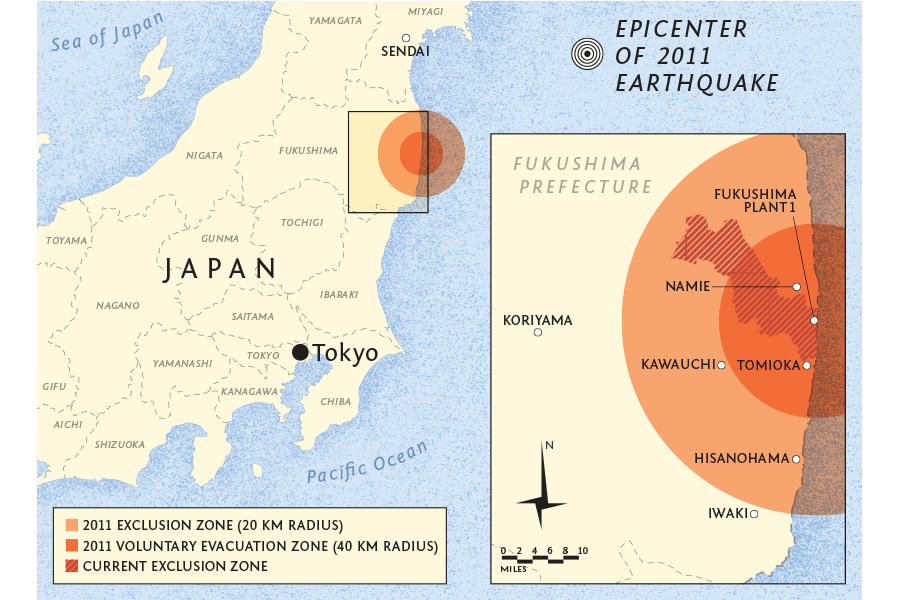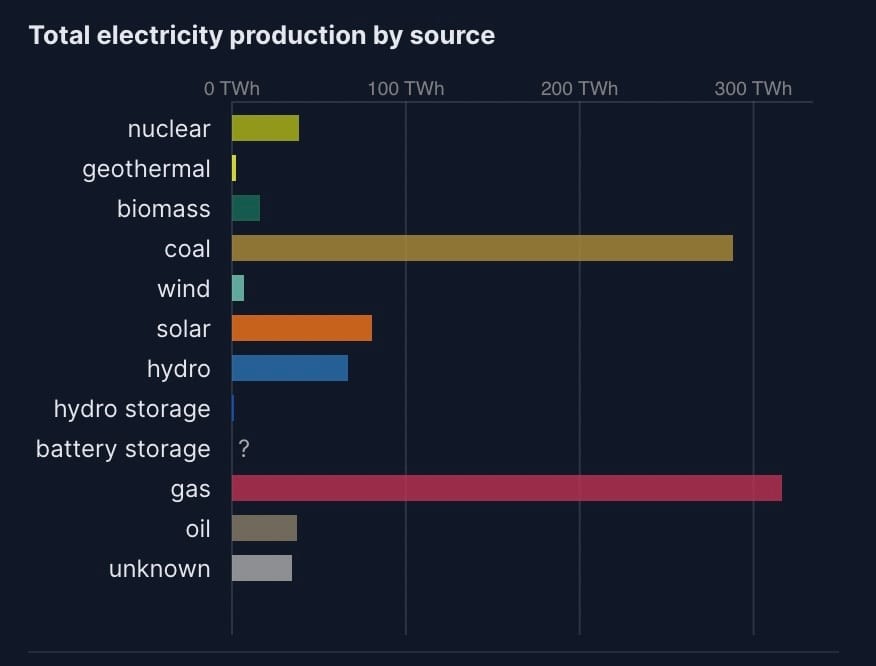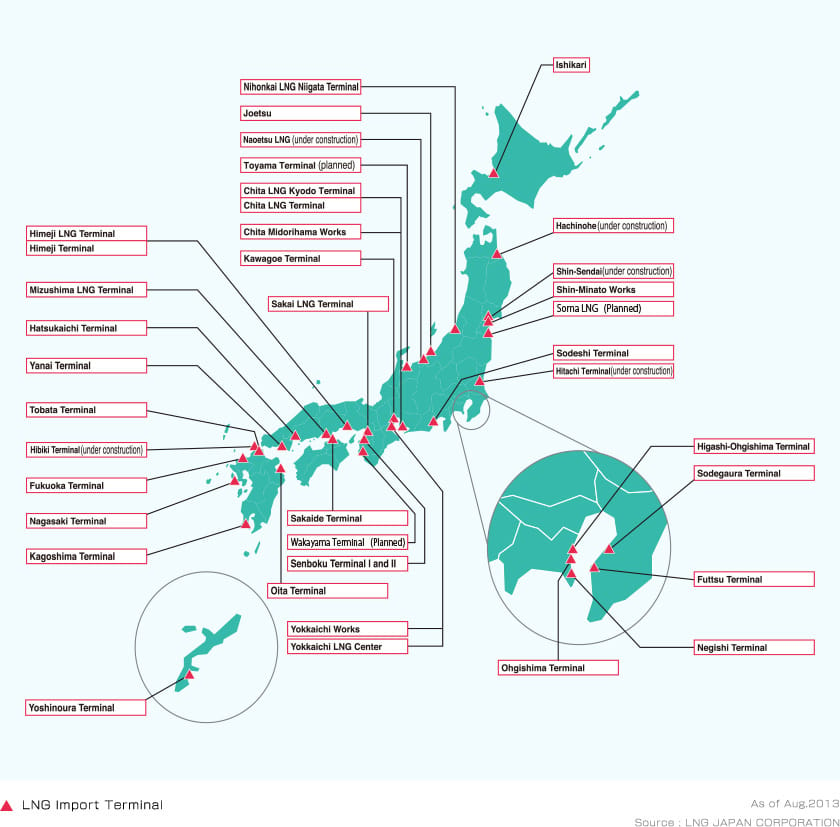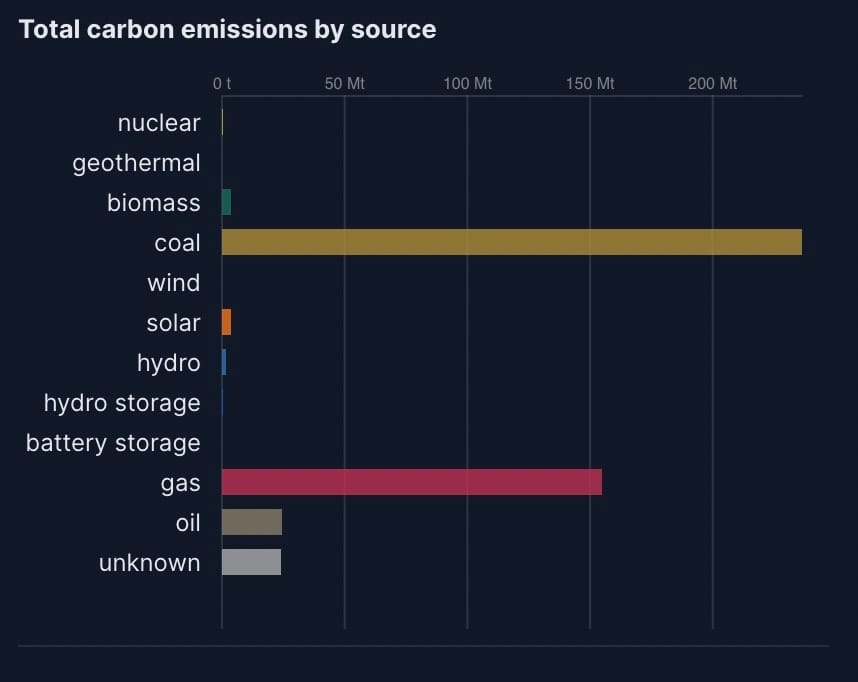On March 11, 2011, an earthquake shook Fukushima, Japan. As the shockwaves rolled out to sea, a Tsunami rolled in and crashed upon the shore. I was in my last semester of college when this happened. I had no conception of Japanese geography, but my best friend and I were both huge fans of the Japanese post-rock band Toe. It sounds silly now, but the survival of our then-favorite band worried us; the catastrophe appeared less remote.
He and I had also gone to Catholic school in Illinois together. In the wake of Hurricane Katrina, a handful of kids had matriculated in from New Orleans. We heard firsthand the havoc Katrina wrought in their city. It wasn’t so hard to imagine the catastrophe unfolding in Japan. The earthquake and resultant tsunami killed an estimated 20,000 people.
But that’s not what would dominate most people’s memories, including mine. Fukushima’s earthquake and tsunami would be overshadowed by the Fukushima Daichi nuclear plant that melted down when its back up generators flooded. No one died from radiation, no one was hurt from radiation, and yet the meltdown spooked the world as much as Chernobyl. One of the only things I knew about nuclear energy until I met Michael Shellenberger in 2017 was that it was bad and that (I heard this from some peak oil guy) the Daichi plant could still overheat and trigger thirty-something Hiroshimas somehow.
The ripples of fear spread all the way to Europe where Angela Merkle embarked on Germany’s Energiewende—the country’s attempt to shift away from fossil fuels and nuclear energy with wind and solar—in response. Nuclear was seen as too dangerous.
It should not surprise anyone that Japan, which has always had a fraught relationship with radiation, began their own process of mothballing nuclear plants after 2011 as well. By 2014, nuclear power generation in Japan sank to near zero.
But Japan is a resource poor island, so it sought to replace nuclear generation with cheap liquified natural gas. Eventually, natural gas plants powered by LNG rose to 36% of the nation’s electricity generation.
But then about a decade later, Russian tanks rolled into Ukraine and triggered an energy crunch long in the making. Suddenly, LNG wasn’t so cheap and Japan began to face frightening energy shortages during hot and cold weather. Tokyo itself faces power shortages.
What was the country to do?
Restart its nuclear plants, of course! Last year, Japan kicked off a sprint toward restarting its mothballed nuclear plants. The Japanese government wants to lift nuclear’s share of generation from 7% (about 10 reactors) to 20-22% (about 27 reactors).
Japan is also extending the life of some of its older plants. In May of this year, Japan extended the lifespan of its nuclear reactors from 40 to 60 years so long as plant owners apply for extensions. Last week, the Japanese Nuclear Regulation Authority approved extensions for the reactors at Kyushu Electric Power Co.’s Sendai. These moves should slash Japan’s reliance on imported LNG, lower prices, stabilize its power supply, and reduce its emissions.
It’s hard to overstate what a huge about face this is. Japan’s anti-nuclear movement gained enormous credibility in the aftermath of Fukushima. But a potential power crisis seems to have dissolved it like rain on a block of sugar. This should give the world massive hope for a nuclear renaissance—and spare Japan unforgiving blackouts.
Oh, by the way, Toe was fine. They’re from Tokyo and were likely nowhere near the earthquake. I was dumb in college, but I did listen to good music, so you should definitely check them out:



